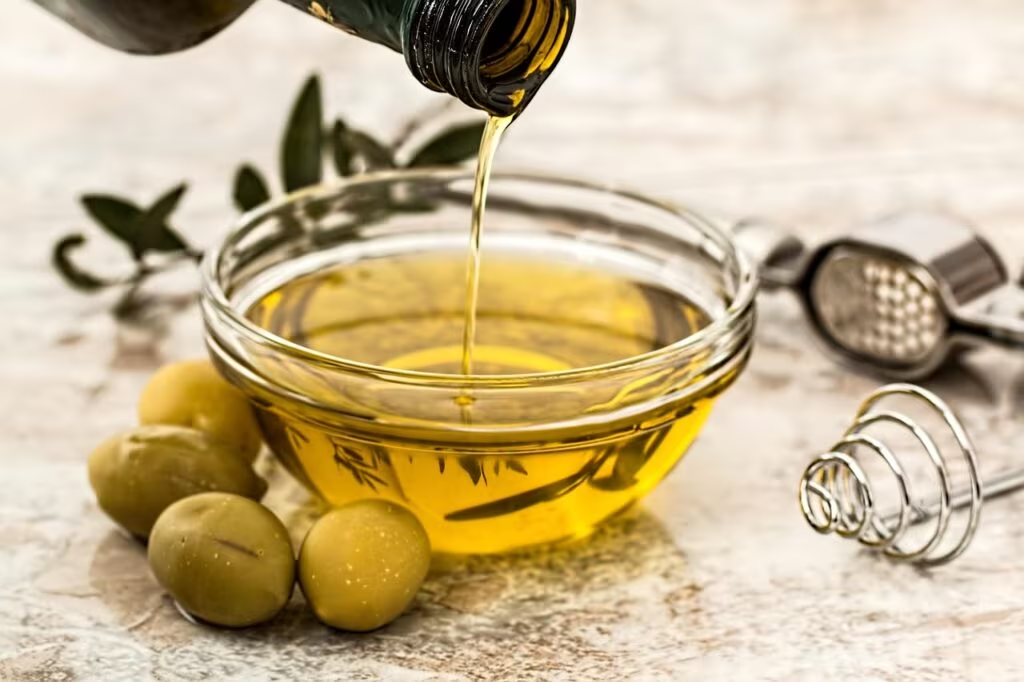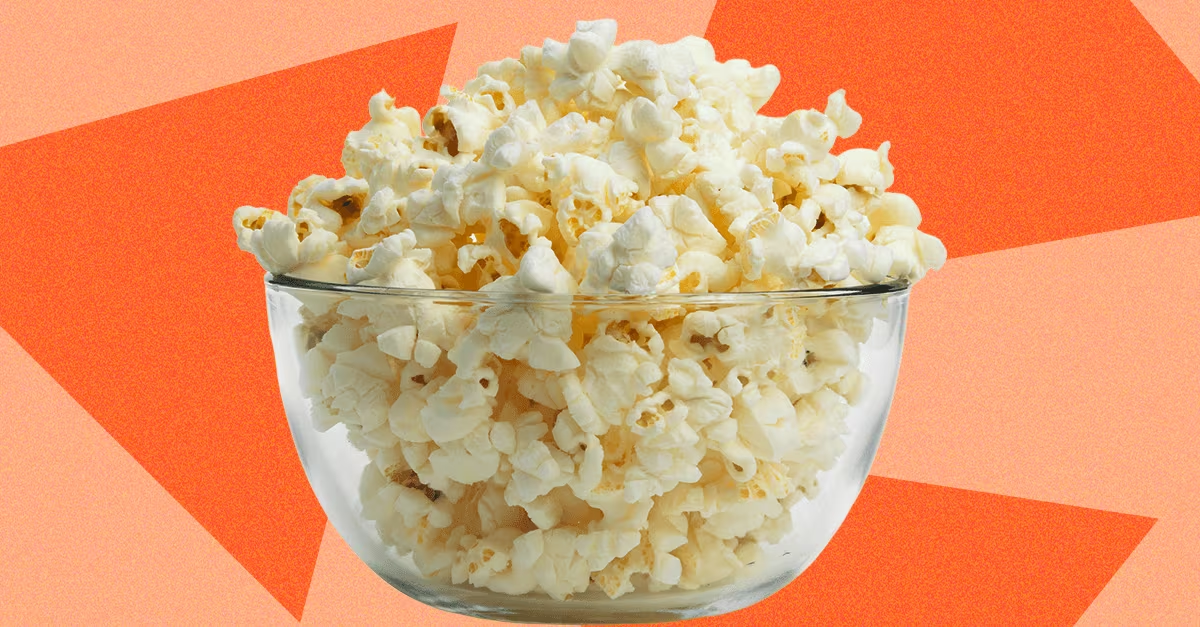Beyond the Bag: Why Microwave Popcorn Falls Short of a Healthy Snack
Popcorn is often celebrated as a healthy, high-fiber snack, but the method of preparation dramatically changes its nutritional profile. For years, the convenience of microwave popcorn bags has dominated movie nights and quick fixes. However, nutritional experts are increasingly pointing out that this convenience comes at a significant health cost, classifying many pre-packaged varieties as ultra-processed, hyperpalatable foods.
This classification, highlighted by registered dietitians, suggests that if you are still relying on the microwave for your kernels, you are likely missing out on the genuine health benefits of this whole grain.
The Nutritional Pitfalls of Ultra-Processed Popcorn
Microwave popcorn, while starting with a healthy whole grain, often undergoes extensive industrial processing that strips away its nutritional value while adding detrimental components. The primary concern lies in the additives necessary to achieve the desired flavor and shelf stability.
The Ultra-Processed Food Designation
According to nutritional science, ultra-processed foods (UPFs) are formulations made mostly or entirely from substances derived from foods and additives, often containing little or no intact whole food. When experts analyze typical microwave popcorn bags, they often find a cocktail of ingredients that push them into this category:
- High Sodium Content: Many brands contain excessive levels of sodium, contributing significantly to daily intake limits, which can impact blood pressure and cardiovascular health.
- Excessive Saturated and Trans Fats: To achieve that rich, buttery flavor, manufacturers often use high amounts of saturated fats or partially hydrogenated oils, which elevate the calorie count and pose risks to heart health.
- Artificial Flavors and Preservatives: These ingredients enhance the hyperpalatability—meaning they are engineered to be irresistibly tasty, encouraging overconsumption—but offer zero nutritional benefit.
- Low Fiber Density: While the kernel itself is fibrous, the high fat and sodium content means the overall nutritional density is poor compared to the calorie count.

Air-Popping: Reclaiming the Whole Grain Snack
The good news is that popcorn, in its purest form, is a nutritional powerhouse. When prepared simply—using hot air or a minimal amount of oil—it transforms into a snack that aligns perfectly with healthy eating guidelines.
Air-popped popcorn is a 100% whole grain food. The American Heart Association and dietary guidelines consistently recommend increasing whole grain intake due to its proven benefits in reducing the risk of heart disease, type 2 diabetes, and certain cancers.
Key Health Advantages of Air-Popped Corn
When you choose to air-pop, you control every ingredient, maximizing the benefits:
- High in Dietary Fiber: Popcorn is an excellent source of fiber, which aids digestion, promotes satiety (feeling full), and helps regulate blood sugar levels.
- Naturally Low in Calories: A standard serving (about 3 cups) of plain air-popped popcorn contains roughly 100 calories—significantly less than the same volume of heavily buttered or oiled microwave varieties.
- Antioxidant Rich: Popcorn contains polyphenols, powerful antioxidants also found in fruits and vegetables, which help combat cellular damage.

Practical Guide to Achieving Perfect Air-Popped Popcorn
Switching from microwave bags to air-popping is simple and requires minimal investment. The two most common methods are the dedicated air popper and the stovetop method.
Method 1: The Dedicated Air Popper
This is the fastest and cleanest way to pop corn without any added fat. Kernels are placed in the chamber, and hot air circulates, causing them to pop and spill out into a waiting bowl. This method results in the lowest possible calorie count.
Method 2: The Stovetop Method
For those who prefer a touch of fat for flavor and better seasoning adhesion, the stovetop method is ideal. It requires a heavy-bottomed pot (like a Dutch oven) and a small amount of oil with a high smoke point.
Stovetop Popping Steps:
- Prep the Oil: Use 1–2 tablespoons of a healthy oil (such as avocado, coconut, or high-oleic sunflower oil) per half cup of kernels.
- Test Kernels: Place 3 test kernels in the oil over medium-high heat. Wait until all three pop.
- Add Remaining Kernels: Remove the popped test kernels, add the rest of the corn, cover the pot, and shake gently to coat the kernels.
- Pop and Listen: Keep the lid slightly ajar to allow steam to escape (preventing soggy popcorn). Shake occasionally until the popping slows to several seconds between pops. Remove immediately from heat.
Flavor Without the Fat: Healthy Topping Strategies
One reason people gravitate toward microwave popcorn is the intense, pre-packaged flavor. However, air-popped corn can be seasoned creatively and healthily, allowing for customized tastes without the nutritional drawbacks.
To ensure seasonings stick to plain air-popped corn, a light mist of olive oil spray or melted coconut oil (used sparingly) can be applied first.
Expert-Recommended Healthy Seasonings
Instead of relying on artificial butter flavorings, consider these whole-food alternatives that boost flavor and even add nutritional value:
| Flavor Profile | Recommended Ingredients | Nutritional Benefit |
|---|---|---|
| Savory & Cheesy | Nutritional yeast, garlic powder, onion powder, smoked paprika | B vitamins, protein (from yeast) |
| Spicy & Warm | Chili powder, cumin, cayenne pepper, lime zest | Antioxidants, metabolism boost |
| Herbal Blend | Dried rosemary, thyme, finely ground sea salt, black pepper | Anti-inflammatory properties |
| Sweet & Salty | Cinnamon, a pinch of sea salt, small amount of maple sugar or stevia | Low glycemic index sweetener |

Key Takeaways for Healthier Snacking
Making the switch from pre-packaged microwave popcorn to air-popped corn is a simple, impactful dietary change that aligns with prioritizing whole, minimally processed foods.
Here are the essential points to remember:
- Microwave Popcorn is Ultra-Processed: Be aware that most pre-packaged bags contain high levels of saturated fat, sodium, and artificial ingredients, undermining popcorn’s inherent health benefits.
- Air-Popped Corn is a Whole Grain: When popped with air or minimal healthy oil, popcorn is a fiber-rich, low-calorie whole food.
- Control Your Ingredients: Air-popping gives you complete control over fats and sodium, allowing you to use healthy oils and natural seasonings.
- Prioritize Nutritional Yeast: This is an excellent substitute for cheese powder, offering a savory, umami flavor along with B vitamins.
Conclusion
Popcorn remains a fantastic, affordable, and satisfying snack, provided it is treated as the whole food it is. By choosing to air-pop, you move away from the hyperpalatable, ultra-processed category and embrace a genuinely healthy, fiber-dense treat. The extra few minutes required for preparation are a worthwhile investment in your long-term health, ensuring your snack time contributes positively to your nutritional goals.
Original author: Louryn Strampe
Originally published: October 29, 2025
Editorial note: Our team reviewed and enhanced this coverage with AI-assisted tools and human editing to add helpful context while preserving verified facts and quotations from the original source.
We encourage you to consult the publisher above for the complete report and to reach out if you spot inaccuracies or compliance concerns.

